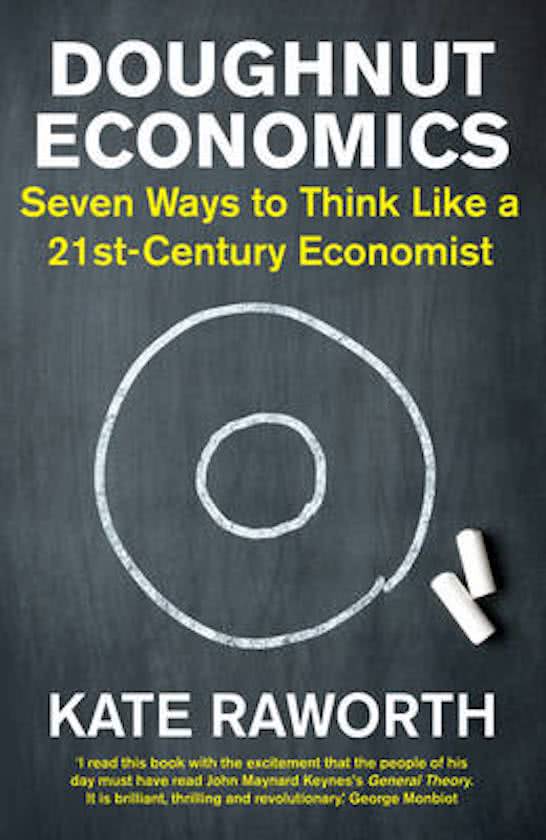


The paper is based on discussions of the High-level Conference “Leapfrogging to a resilient Europe”. With this brief we provide ideas on how to effectively mainstream resilience through an integrative operationalisation around the Doughnut Economics framework and a comprehensive mainstreaming strategy. The Foresight Report was an important first step. Doughnut Economics recognises that human behaviour can be nurtured to be cooperative and caring, just as it can be competitive and individualistic. To make mainstreaming resilience a success story, it is crucial to get diverse groups of stakeholders on board. The Covid-19 has certainly shown the importance of having such capacities. Above all it is a Europe that has capacities to ensure wellbeing and environmental protection in times of change – through strong social security systems, social and technical creativity and innovation or through robust value chains. Several private and public actors, including the city of Amsterdam, adopted the model in their circular economy developments strategies. A propserous Europe is not only sustainable and fair. Rather than looking at policy objectives, resilience asks what capacities are needed to ensure key societal objectives are met when responding to shocks. With the Foresight Report, the Commission has initiated an important discussion on the objectives of policymaking in the EU following the Covid-19 pandemic – focused on resilience.Ī new paradigm centred around resilience entails a shift of perspective. In this development model, the economy no longer has any justification of its own, but is supposed to serve the people.For a long time, the Commission’s objectives mainly focused on market integration, economic growth, competitiveness and efficiency. Doughnut Economics refers to a model that meets the needs of all within the means of the planet. When shortages occur here, poverty, need and misery prevail.Ī “safe and just space for humanity” exists only in the doughnut itself, between ecological limits and minimum social standards. Credit: Kate Raworth and Christian Guthier/The Lancet Planetary Health. The inner ring stands for the “social foundation”, which contains all the vital necessities of life, what every human being should be entitled to and which the global sustainability goals aim at. The donut’s outer ring symbolises the “ecological ceiling”, the natural limits beyond which natural resources are destroyed. Agenda: Kate Raworth, Creating a 21st century economy Fragment: Donuteconomie. According to Raworth, the donut model points “to a future where the needs of every human being are met while protecting the living world on which we all depend“. Of all things, she stylizes a greasy, sweet pastry rollas a symbol of doing economy in a sustainable way. With her “Doughnut Economy”, British economist Kate Raworth brings a breath of fresh air into the discussions about sustainable economy.


 0 kommentar(er)
0 kommentar(er)
